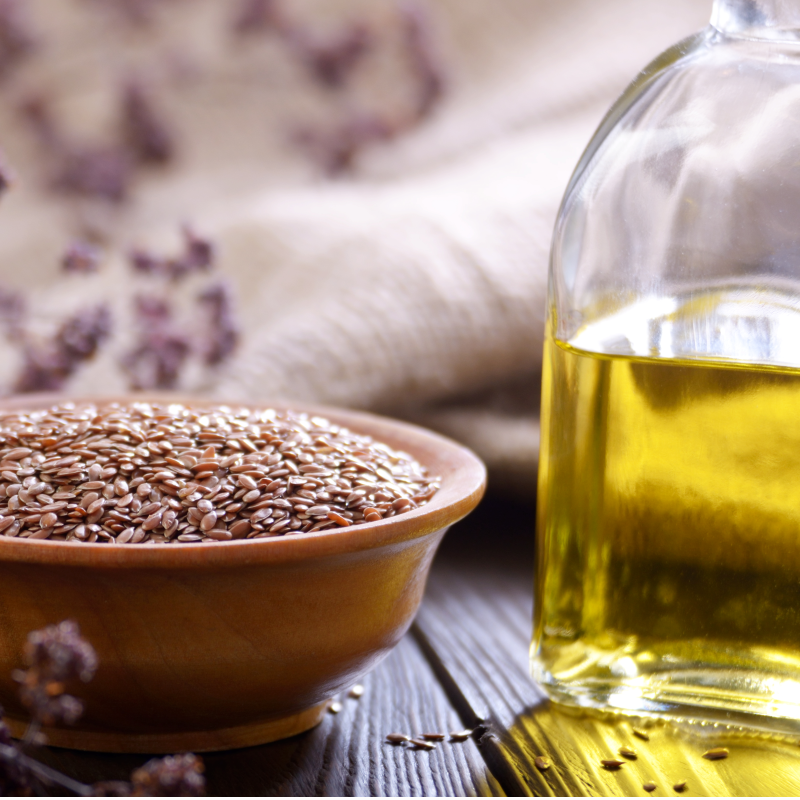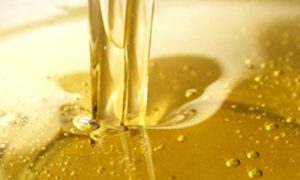Bright future of oil palm industry in India

India’s oil palm cultivation has grown to 400,000 hectares, supported by government initiatives like NMEO-OP. Average productivity improved to 20 tonnes/hectare, with crude palm oil yield at 1.67 tonnes/hectare. Rising demand and higher oil extraction rates present opportunities, but strong political will and strategic efforts are crucial to accelerate growth and meet future needs.
The Indian oil palm industry has expanded area coverage under oil palm (OP) cultivation slowly but steadily in the past 34 years by focussing on yield improvement of fresh fruit bunches (FFB) of oil palm, technology improvement and sustainability. OP area grew from 8,585 hectares (ha.) in 1991-92 to four lakh ha. (approximately) till March 2024. This was the conversion from agricultural land growing crops such as paddy, sugarcane, mango, cashew, lemon and tobacco etc. across various States in India.
This continued growth was stimulated by changes in policies and decision-making from time to time by the Ministry of Agriculture, Government of India (GOI), through the introduction of various schemes and Missions such as the National Mission on Oil Seeds and Oil Palm (NMOOP) in 2014-15 and National Mission on Edible Oils & Oil Palm (NMEO-OP) in August 2021 etc.
Combined and concerted efforts by respective state governments and GOI in association with major stakeholders such as farmers, and OP developer-cum-processors made the area expansion programme more vibrant. However, we have to go a long way and shrug off the criticism and move on.
Visible growth
There is significant progress of area coverage under the crop and improvement in FFB productivity per ha. Currently, average FFB productivity per ha. is around 20 tonnes from mature plantations against 16 tonnes earlier in Andhra Pradesh and Telangana. Across India, around 40 per cent of the cultivated area is non-yielding and out of the remaining yielding and existing area, 30 per cent falls under mature plantations.
Further enhancement of the productivity of FFB per ha. is possible through the regenerative farming system in oil palm fields. We need to focus on building the resilience of the agri-ecosystem. Our average crude palm oil (CPO) production till 2010-11 was one tonne per ha. Now, the average production of CPO per ha. is around 1.67 tonnes in India against average 4 tonnes CPO per ha. in Malaysia and Indonesia.
Recently Government of Telangana declared oil extraction rate (OER) of 19.42 per cent for the oil year 2024-25 (November to October) and finalised the FFB Price Formula. This is the highest-ever OER. This is good news for the industry. There is a significant improvement in OER over the decades from 16 per cent to 19.42 per cent in India against the 20 per cent average OER in South East Asia.
It seems the government is changing the strategy from time to time (in the price fixation formula of FFBs) to keep up the algorithm. Credit goes to all stakeholders, like farmers for the supply of quality FFBs of oil palm, Processors for their technology upgradation, Indian Institute of Oil Plam Research (IIOPR, ICAR) for R&D work, government support and efforts etc.
Engage media
India is world’s second highest consumer of palm oil after Indonesia. Demand for palm oil is expected to double by 2030-31. I believe there is a need to involve and engage different media more vigorously, highlighting crop economics, Government support, crop resilience and sustainable income. Power of media is huge. Content creation is not important but the numbers play a significant role and speak for itself. A true narrative and success story of OP as evidenced in various states should be documented and highlighted aggressively through different media to create greater impact. We are different from other parts of the world where oil palm is grown, as we take care of the environment and grow OP in agricultural land.
Prime factor
Price of FFB is a potential game changer and a crucial factor to accelerate the pace of area coverage under oil palm and its productivity. Global market trend towards price of palm oil, palm kernel oil and demand-supply gap of edible oils is expected to be upward. I think oil palm FFBs price wouldn’t swing like a pendulum, as experienced earlier, rather it is expected to remain higher than the cost of production. Getting a fair price for the produce is the farmer’s right. There are opportunities to bring additional sizeable area under the crop within a short span of time, say 2.5 to 3.0 lakh ha. in next 3-4 years’ time, as farmers’ response will remain high.
Strong political will and government support at both the Centre and State levels are required to successfully build a large OP ecosystem within a short period. We need to do a lot of hard work consistently with micro-planning, innovative approach and concerted efforts to maximise the area effectively. Macro-economic factors are expected to be favourable for oil palm industry in India. Our growth performance is visible and there is scope to improve further.
To read more about Edible Oil News continue reading Agriinsite.com
Source Link : The Hindu Businessline














